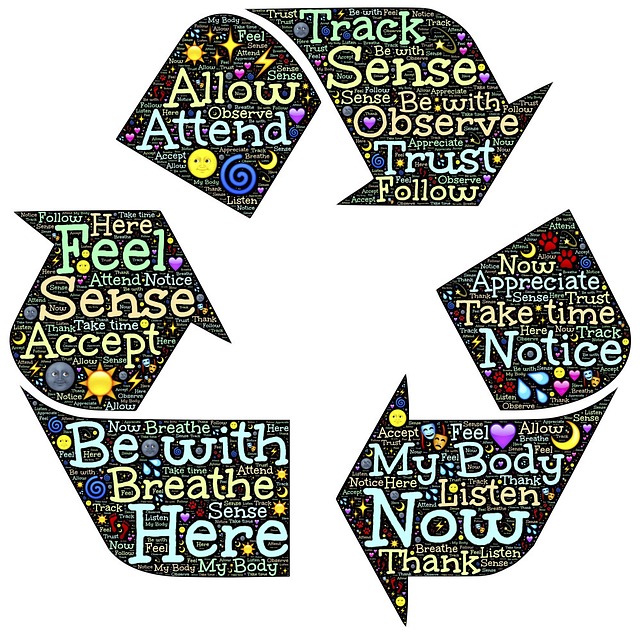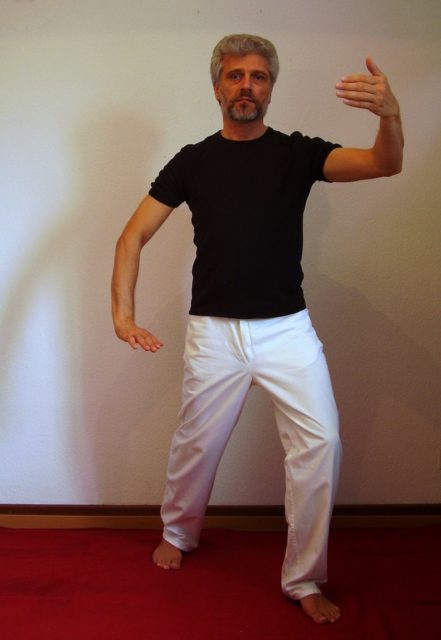Barry Boyce, founding editor of Mindful.org, interviewed Sharon Salzberg, globally recognised meditation teacher, about the impact of meditation and loving kindness (about which Sharon is a world-renowned exponent). In the interview, The Power of Loving-Kindness, Sharon explained how she had studied Eastern philosophy and learned about meditation by travelling to India, not the local meditation centre like you do today. She was surprised that much of the Indian meditation practice that she learned focused on the breath, not the more esoteric approaches she had learned about.
Focusing on the breath
Sharon was at first taken aback by the simplicity of the breath focus. However, she soon realised that while the idea is simple, the execution is difficult because it involves having to deal with racing thoughts that distracted her from her focus on her breath. She found how hard it was to pay attention to her breath when “thoughts came tumbling down like a waterfall”.
At challenging times, when anxiety is high, our mind races away from our focus with some speed and intensity. Bringing attention back to our breathing focus, is difficult to do but builds our “attention muscle”. It enhances our power of concentration and our capacity to be with what is, whether it is the experience of well-being or the pain and suffering of challenging emotions. Pausing to focus on our breath develops clarity and our capacity to lead with conviction.
The role of loving-kindness
There is a tendency is to give up in the face of the difficulty of focusing on our breath. However, persistence really pays and creates the power to access equanimity, ease and creativity. Sometimes, we are tempted to beat up on ourselves by saying, “We are not good at meditation and never will be?”; “It’s such a simple thing, why can’t I do it?” “Other people seem to manage, why can’t I?”
This is where loving kindness has a role. Jon Kabat-Zinn, in his definition of mindfulness, exhorts us to practise paying purposeful attention “non-judgmentally”. It is the negative self-evaluation that creates the greatest barrier to meditation, not the fact that we have lots of distracting thoughts. Thoughts are natural and will vary in content and frequency over time, reflecting what is going on in our life at that time. Jon suggests that we treat thoughts as if they are bubbles floating to the surface in boiling water.
Sharon maintains that “kindness towards ourselves” is essential if we are going to be able to persist with meditation. She argues that paying attention and kindness are inseparable – without self-compassion, you cannot sustain your attention. The power of meditation lies not only in the increasing capacity to concentrate but also in the ability to develop robust self-esteem through loving-kindness. Another dimension of this power is the ability to rest in our breath and bodily sensations in troubling times and times of turbulence in our life. Sharon explores fully the role of loving-kindness in her recent book, Lovingkindness: The Revolutionary Art of Happiness.
The power of connection
Through meditation and loving-kindness, we come to realise our connectedness to everyone and our connection with nature. This is foundational to our ability to show compassion towards others. If we can accept ourselves fully – with our flaws, hurtful behaviour and our complex emotions – we are better able to extend compassion and forgiveness to others and accept that they are only human too.
Through our sense of connection, we can tap into the “collective energy” that surrounds us, pursue our life purpose and make a real difference in the world. Meditation becomes a power source, a way of accessing the power within and without – it becomes the conduit for our energy system.
Reflection
Meditation has a calming yet powerful effect. When we are rattled or frazzled, our power of concentration is diminished, our thoughts become dispersed and our energy dissipated. Paying attention to our breath with loving-kindness enables us to access our power source and to bring focused energy to our endeavours, whatever they may be. As we grow in mindfulness through meditation, particularly through loving-kindness meditation, we can enhance our sense of connection to everybody and every living thing, build resilient self-esteem and draw on the power of focus.
________________________________________
Image by Alexander Droeger from Pixabay
By Ron Passfield – Copyright (Creative Commons license, Attribution, Non-Commercial–No Derivatives)
Disclosure: If you purchase a product through this site, I may earn a commission which will help to pay for the site, the associated Meetup group and the resources to support the blog.








